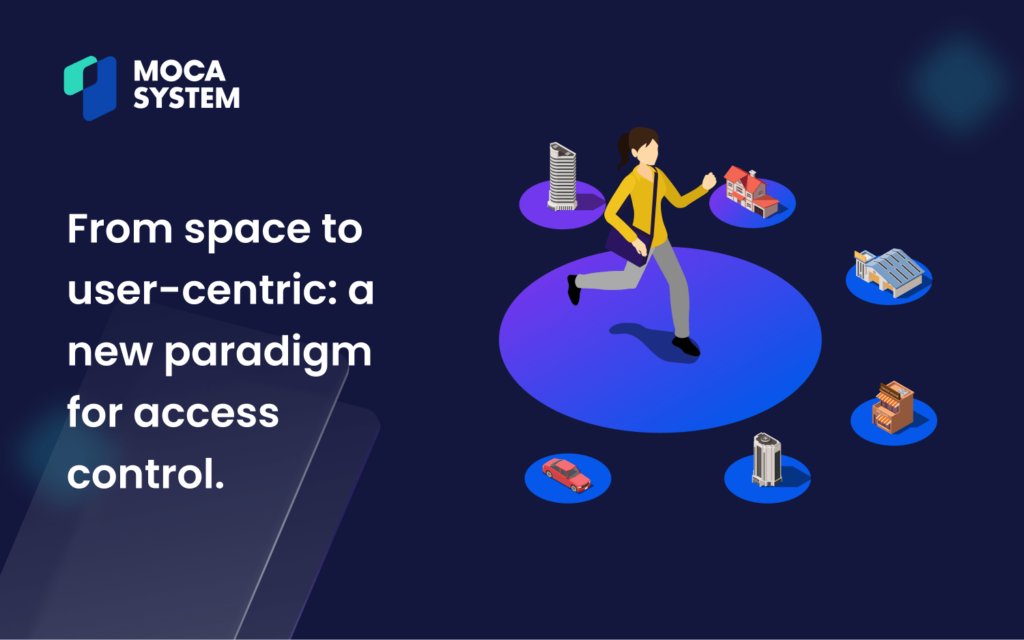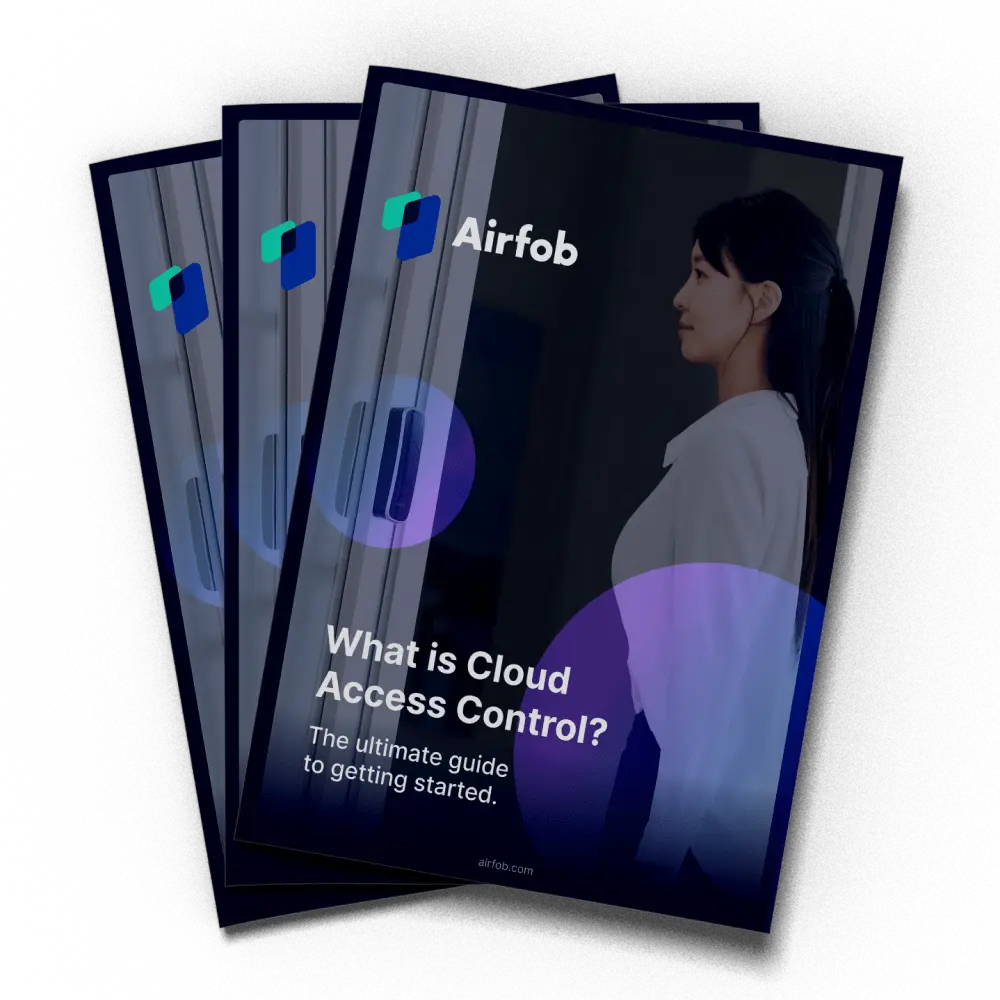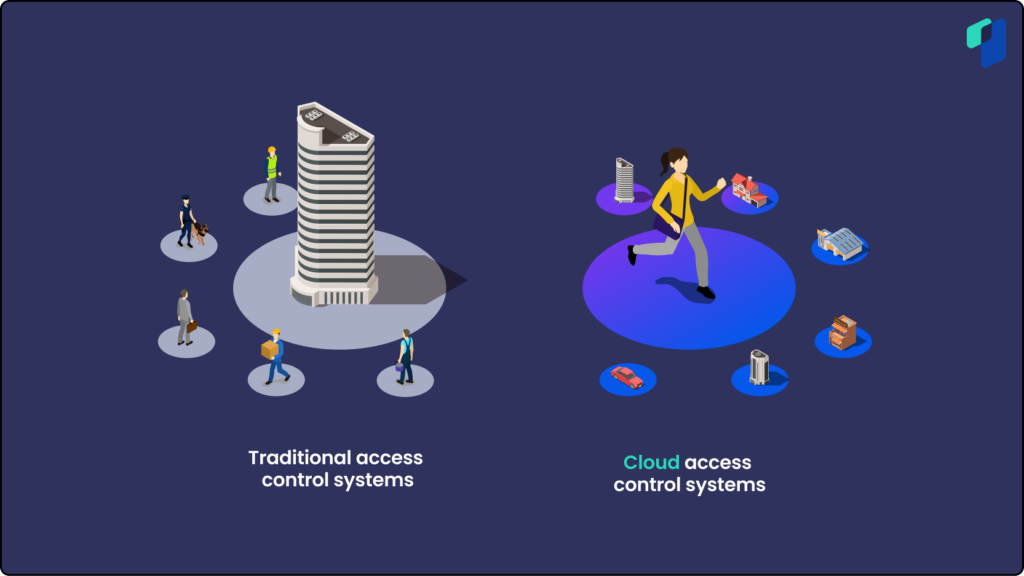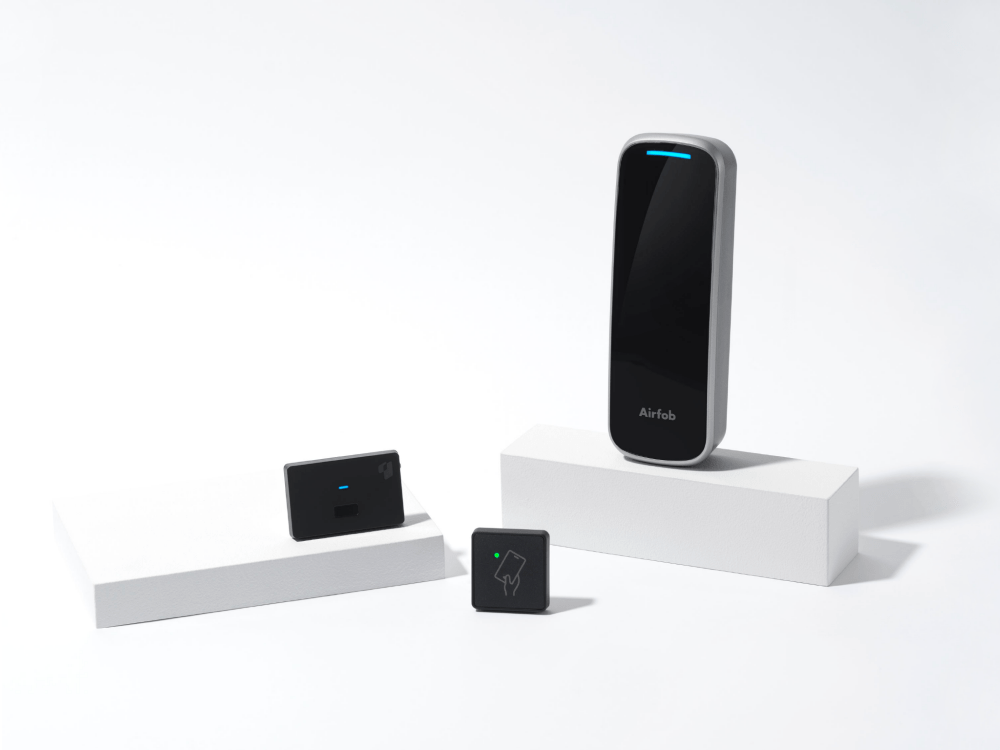From space to user-centric: a new paradigm for access control.

Access control systems have long been the cornerstone of physical security, traditionally focusing on securing specific locations with predefined rules and permissions. However, the advent of recent innovations have ushered in a transformative shift from space-centric to user-centric access control. Solutions like Airfob are at the forefront of this revolution, prioritizing individual identities over physical locations to enhance security, convenience, and operational efficiency.
Understanding the paradigm shift in access control.
There are two concepts you must understand when it comes to access control:
- Authentication verifies the identity of users seeking access to secured spaces.
- Authorization determines if the authenticated user has access permission based on roles or access levels.
Once authenticated, individuals undergo authorization checks to confirm they have the necessary permissions. Authorization policies establish access rules, specifying which individuals can access different spaces, operate machines, office devices, or receive services.
Instead of focusing solely on securing physical spaces with predefined rules and permissions, modern access control systems prioritize the individual’s identity over physical location in determining access rights. This shift marks a significant evolution in security and authentication practices.
In the past, access privileges typically linked to specific physical locations within a facility led to compartmentalized systems. Modern systems, however, allow for seamless access management across various locations by prioritizing the individual’s identity. This flexibility enables individuals to maintain consistent credentials, regardless of their physical location.
The rise of cloud access control.
At the forefront of this paradigm shift are cutting-edge solution such as Airfob, that reimagines access control with a user-centric approach. Unlike traditional systems that rely on physical tokens or cards, and costly onsite infrastructure, Airfob leverages cloud-based technology and mobile devices to empower users and streamline access management.
Learn More: Understand the benefits of cloud access control over traditional systems.
Open doors with your phone.
Cloud technologies go in pair with the adoption of mobile access control, increasingly popular due to its convenience, which further supports this shift. Since smartphones have become indispensable for functions like communication, authentication, and payment, using them as digital keys or mobile credentials is a secure and logical solution. With most people already equipped with smartphones, there is no need for additional physical tokens, making mobile credentials a practical and secure access option.
Instant upgrade for your existing infrastructure.
Cloud access control technology enables the instant upgrade of existing infrastructure for added flexibility and scalability. Unlike traditional access control systems that may require significant hardware upgrades or system overhauls to accommodate growth, a few access control solution providers like Airfob offers scalable hardware solutions that can adapt to evolving organizational needs.
- With Airfob Edge Reader, organizations can easily add new access points, no door controller or complex wiring required.
- With Airfob Patch, existing MIFARE-compatible access control devices can be upgraded to accept mobile credentials.
- With Airfob Tag, digital door lock can be converted into cloud-compatible access control devices.
This scalability ensures that organizations can future-proof their access control systems, accommodating changes in size, scope, and complexity without disrupting operations or incurring significant costs.
Seamless integration with the app you use every day.
Cloud access control solutions are also designed to seamlessly integrate with existing access control systems and third-party applications, ensuring a smooth and unified approach to access management. Whether organizations have legacy systems in place or utilize a variety of software solutions, these solutions will consolidate access management processes into a single, cohesive system. By facilitating interoperability between different systems and applications, cloud access control solutions empowers organizations to optimize their access control processes, enhance operational efficiency, and streamline administrative tasks.
FREE EBOOK
Want to learn more about access control?

Download your
free eBook!
This eBook is not only for security experts. It’s also for business owners and anyone interested in the future of access control.

